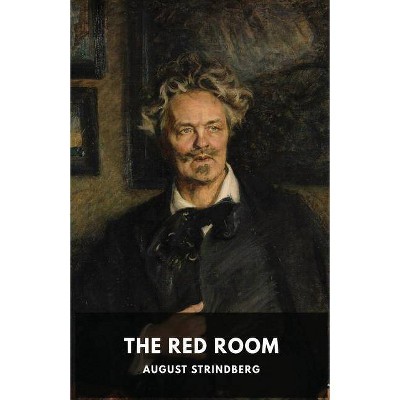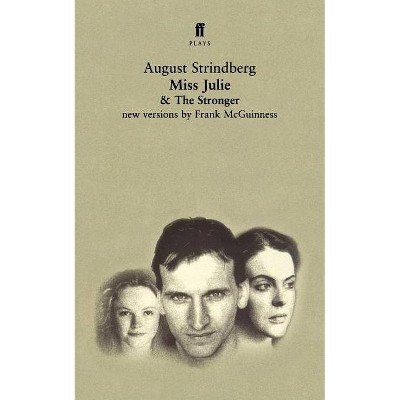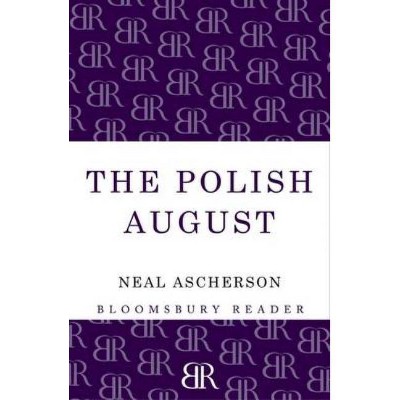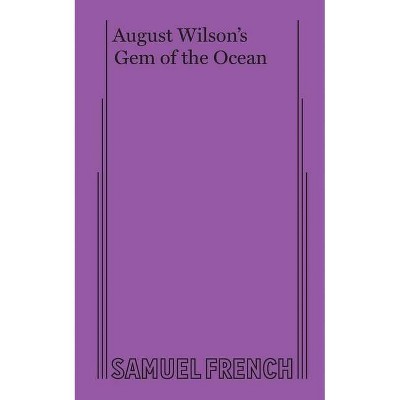The People of Hemso - by August Strindberg (Paperback)
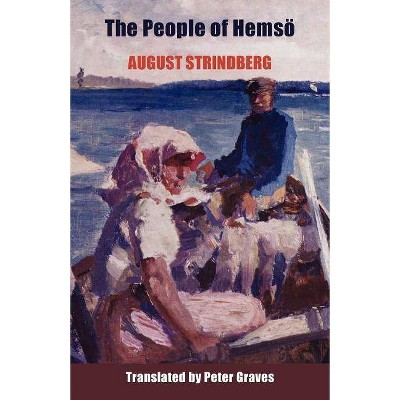
Similar Products
Products of same category from the store
AllProduct info
<p/><br></br><p><b> About the Book </b></p></br></br>"Originally published in Swedish by Albert Bonniers F'orlag under the title of Hems'oborna (1887)"--T.p. verso.<p/><br></br><p><b> Book Synopsis </b></p></br></br>August Strindberg (1849-1912, Sweden's internationally recognised dramatist, was an astonishingly prolific all-rounder. The new National Edition of his works will run to seventy-two volumes: he was a writer of novels, short stories, essays, journalism and satire, he experimented with early photography, and in recent years his paintings have achieved the recognition they deserve. His novel 'The People of Hemsö' (1887) will come as a surprise to most English-language readers, used as they are to seeing the bitter controversialist of plays like 'The Father' and 'Miss Julie' or the seeker for cosmic meaning and reconciliation of those mysterious later dream plays 'To Damascus' and 'A Dream Play'. This novel, a tragicomic story of lust, love and death among the fishermen and farmers of the islands of the Stockholm Archipelago, reveals a very different Strindberg. The vigour and humour of the narration, as well as its cinematic qualities, are such that we witness a great series of peopled panoramas in which place and time and character are somehow simultaneously specific and archetypical, and we leave the novel with memories of grand landscapes and spirited scenes. In a recent essay Ludvig Rasmusson wrote: 'For me, 'The People of Hemsö' is the Great Swedish Novel, just as ... The Adventures of Huckleberry Finn [is] the Great American Novel'. His comparison is an apt one: if the Mississippi becomes the quintessence of America, the island of Hemsö and the archipelago become the quintessence of Sweden.
Price History
Price Archive shows prices from various stores, lets you see history and find the cheapest. There is no actual sale on the website. For all support, inquiry and suggestion messages communication@pricearchive.us

